What is the semi-washing method? What is the relationship between semi-washing treatment and half-sun treatment.
In the previous article, we introduced water washing treatment and sun treatment, but what are half-sun treatment and half-washing treatment? What is the relationship between them? What is the effect on the flavor of coffee?
In fact, half-sun treatment and half-water washing treatment actually mean the same treatment, because their treatment methods happen to have the process of sun treatment and water washing treatment, but in fact, the correct name should be Pulped Natural, that is, pulp sun treatment.
This treatment originated in Brazil in 1990. before the advent of this treatment, Brazil used traditional sun treatment, which is a rough large area laid out in the sun for drying, because the cost is the lowest. Its coffee is easily mixed with other impurities and is susceptible to infection and deterioration. Make its coffee taste rotten as a whole.
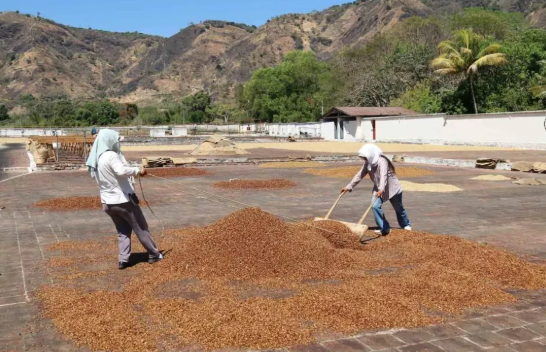
As early as the mid-18th century, the Dutch had already used washing to treat coffee. But in Brazil, this is very unrealistic. Brazil is a country with poor water resources. If you use water washing, an average of 10-20 tons of water is used for a ton of coffee fruit. Such a huge output of Brazilian coffee simply cannot afford to consume water. In 1990, Brazil finally invented the flesh sun treatment method through many experiments, that is, half-sun and half-water washing.
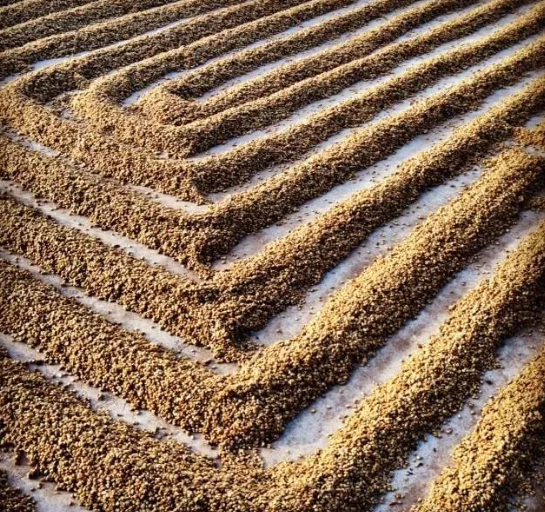
Half-sun treatment process
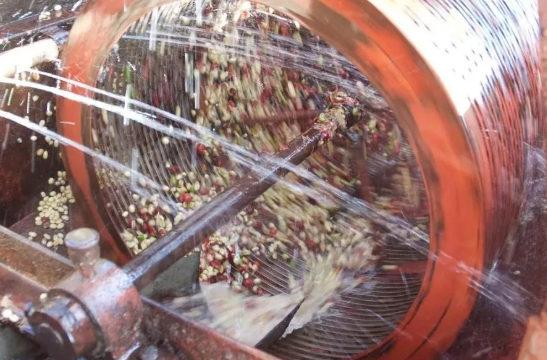
The coffee fruit first removes the defective floating fruit through the sink, then removes the peel, pulp and part of the colloid layer, and then washes it for an hour. Because the immersion fermentation time is very short, the pectin is not easy to wash off, and there is still pectin left on the bean shell. At this time, the sticky answer with shell beans are spread in the exposure field to dry, and it is best to use an African viaduct with good air permeability. It is very similar to the water washing treatment, except that its soaking time is much shorter than the water washing treatment, so the pectin layer is well preserved for the sun. Compared with washing treatment, this treatment saves a lot of water, reduces resource costs, and changes the poor quality of coffee in Brazil due to the removal of peel and pulp, which greatly shortens the time of sun drying, thus reducing the risk of infection. It can be said that it is Brazil's unique way of dealing with local conditions.
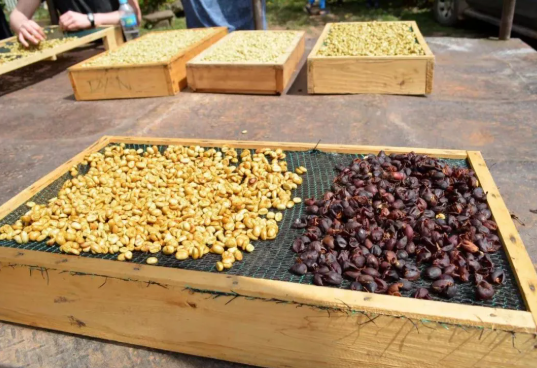
So how does it reflect its flavor? High sweetness, clean, supple, low acid value, peanut, almond, nut, chocolate flavor. The acidity, sweetness, seasoning, and flavor of the coffee treated by this method are quite good, but there is no amazing feeling.
Nowadays, there is very little coffee that can be seen in half-sun treatment, but many people do not know that the honey treatment of the three treatments we are familiar with is one that Costa Rica borrows from Brazil's half-sun treatment. The biggest difference between honey treatment and Brazilian semi-treatment is that honey treatment does not touch dripping water, so the selection of coffee fruits will be more stringent, the pursuit of full pectin.
Important Notice :
前街咖啡 FrontStreet Coffee has moved to new addredd:
FrontStreet Coffee Address: 315,Donghua East Road,GuangZhou
Tel:020 38364473
- Prev
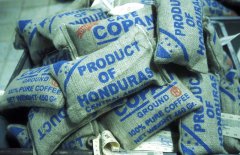
Honduras, which caught fire on the island, is expected to export 2% less coffee this year than in previous years.
Coffee sales are expected to decline according to a Reuters report on Oct. 1, an official at the Honduran Coffee Institute (IHCAFE) said on Friday that Honduras is expected to export about 5.7 million bags of 60kg coffee between 2021 and 2022, down 2 per cent from the previous season. Honduras is the largest exporter of coffee in Central America. According to preliminary data from IHCAFE, the 2020-2021 coffee season
- Next
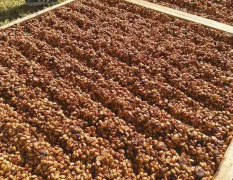
What is coffee bean treated with honey? How did the coffee beans come from the honey of the three traditional treatments?
Earlier, we introduced the sun treatment and water washing treatment. Today we will talk about the last honey treatment of the three traditional treatments. Honey treatment officially appeared in Costa Rica and El Salvador and other Central and South American regions. Its predecessor originated from Brazil's peeled solarization (also known as half-sun). At that time, Brazil was widely used because of its topography and water resources (dry weather).
Related
- Beginners will see the "Coffee pull flower" guide!
- What is the difference between ice blog purified milk and ordinary milk coffee?
- Why is the Philippines the largest producer of crops in Liberia?
- For coffee extraction, should the fine powder be retained?
- How does extracted espresso fill pressed powder? How much strength does it take to press the powder?
- How to make jasmine cold extract coffee? Is the jasmine + latte good?
- Will this little toy really make the coffee taste better? How does Lily Drip affect coffee extraction?
- Will the action of slapping the filter cup also affect coffee extraction?
- What's the difference between powder-to-water ratio and powder-to-liquid ratio?
- What is the Ethiopian local species? What does it have to do with Heirloom native species?

